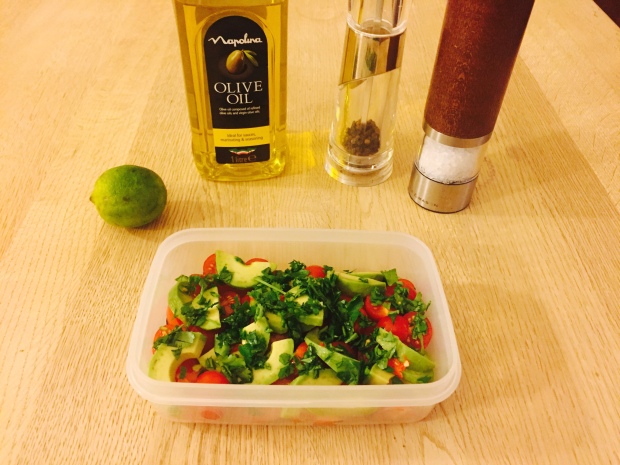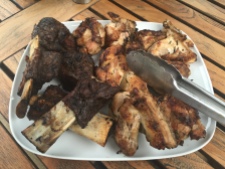Rwanda is a small landlocked country in Central East Africa. It is in the African Great Lakes region and its geography is dominated by mountains in the west and savanna to the east. The highest peaks are found in the Virunga volcano chain in the northwest including Mount Karisimbi, Rwanda’s highest point, at 4,507 metres. Volcanoes National Park is home to an estimated one third of the worldwide mountain gorilla population and it is one of only two countries where mountain gorillas can be visited safely.
A few facts
Rwanda has the world’s highest representation of women in parliament. 64% of Rwanda’s members of parliament are women
In 2007, Rwanda became the first country in the world to legislate an outright ban on plastic bags
Rwanda the most densely populated country in Africa with 445 inhabitants per square km
A dramatic improvement in healthcare delivery and health outcomes has seen life expectancy in Rwanda rise by 10 years in the last decade
Rwanda has two public holidays mourning the 1994 genocide. The national mourning period begins with Kwibuka, the national commemoration, on April 7 and concludes with Liberation Day on July 4
The cuisine of Rwanda is based on local staple foods produced by subsistence agriculture such as bananas, plantains, pulses, sweet potatoes, beans, and cassava. Recipes I came across during my research Rwandan Fruit Salad, Umutsima (a dish of cassava and corn), Isombe (cassava leaves with aubergine and spinach), Mizuzu (fried plantains), Rwandan Beef Stew, Ugali (African Cornmeal Mush) and Pinto Beans and Vegetables. I opted for Kachumbari (tomato, onion and avocado salad) which made a very tasty lunch.
Rating: 8/10
Serves: 1 as a starter or light lunch
Prep time: 15 minutes
1/2 onion, very thinly sliced
1 tomato, thinly sliced
8 cherry tomatoes, halved
1 baby avocado, sliced
1/2 red chilli, sliced
1/2 tbsp fresh coriander, finely chopped
1 tbsp olive oil
juice of 1/2 lime
salt and freshly ground black pepper
Layer the tomatoes, chilli coriander, avocado and sliced onions in a dish
Mix together the lime juice and olive oil then season with salt and black pepper
Pour the dressing over the salad and serve























